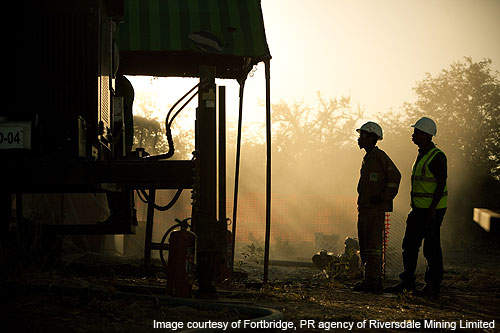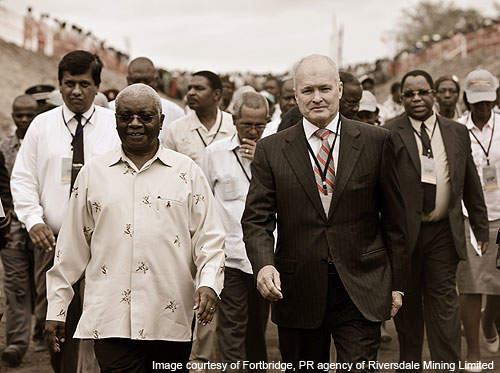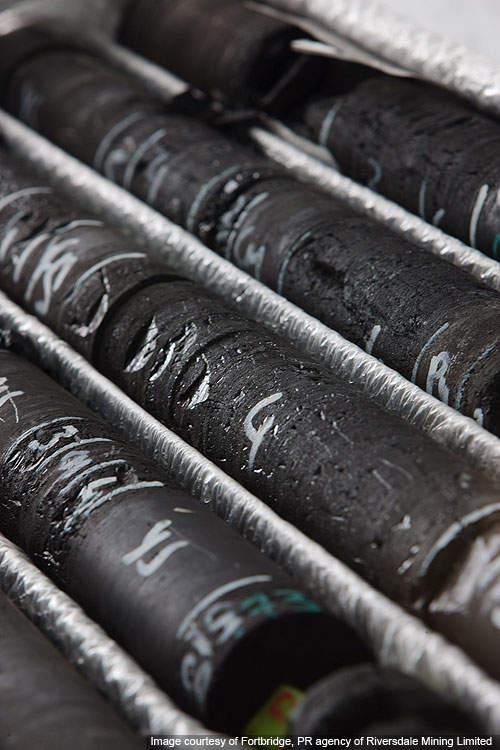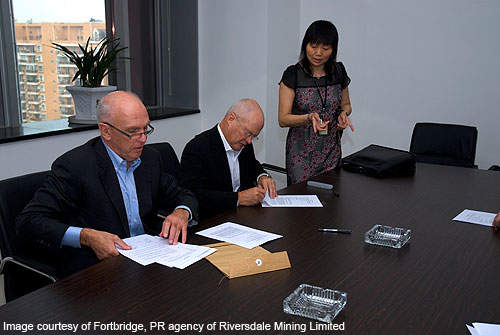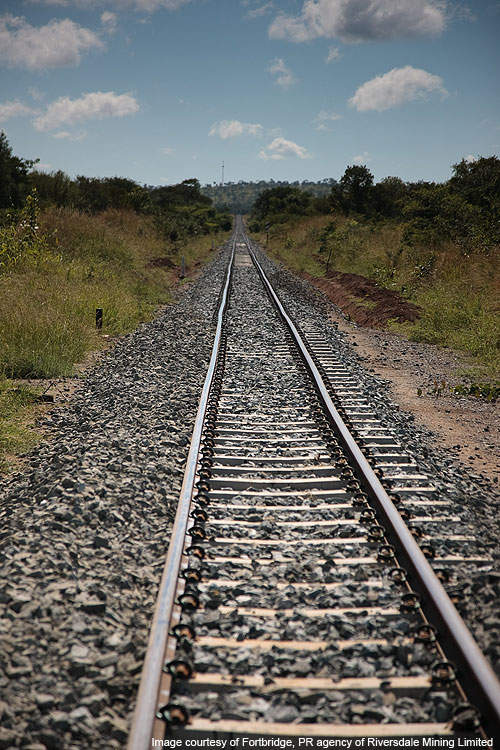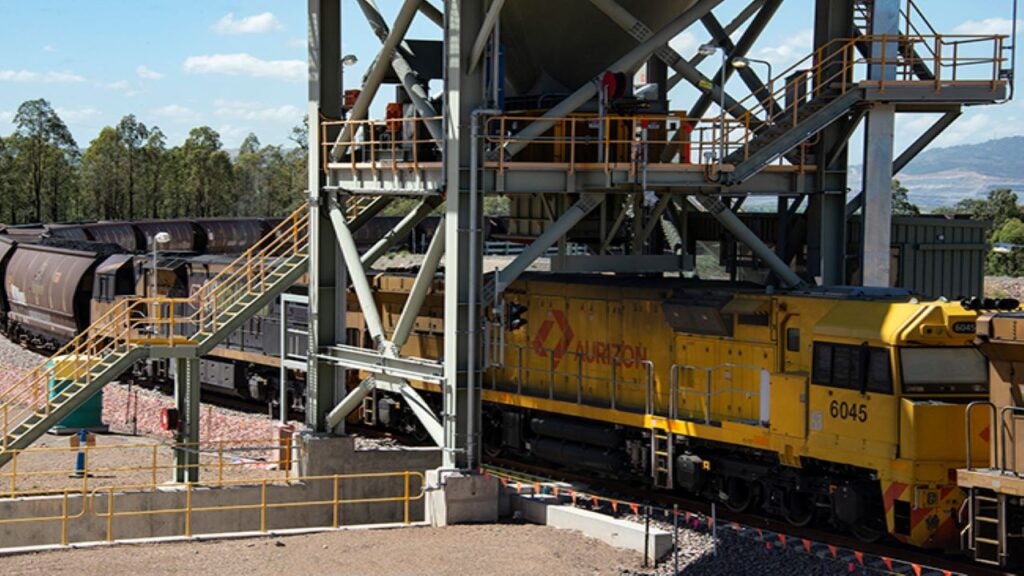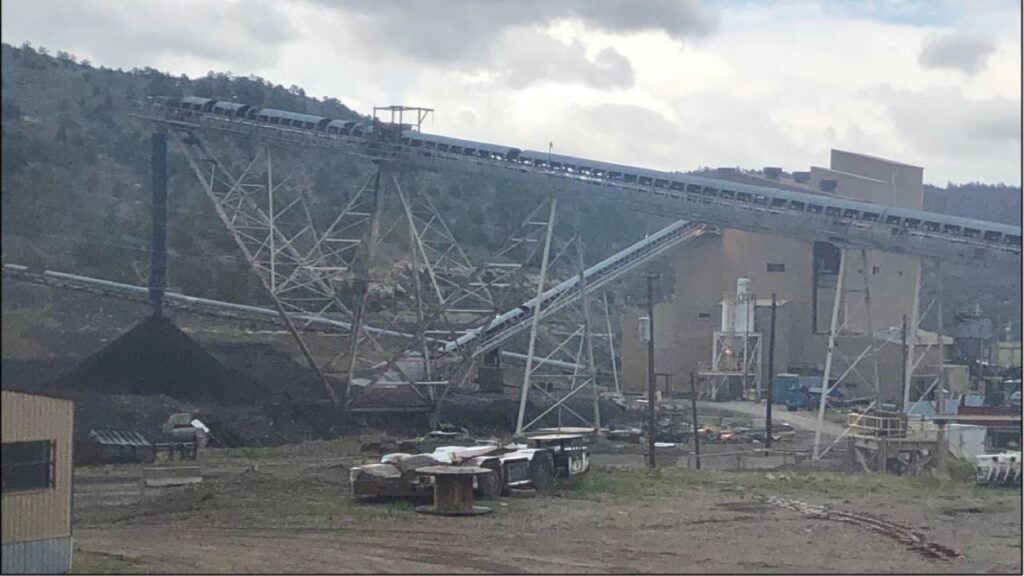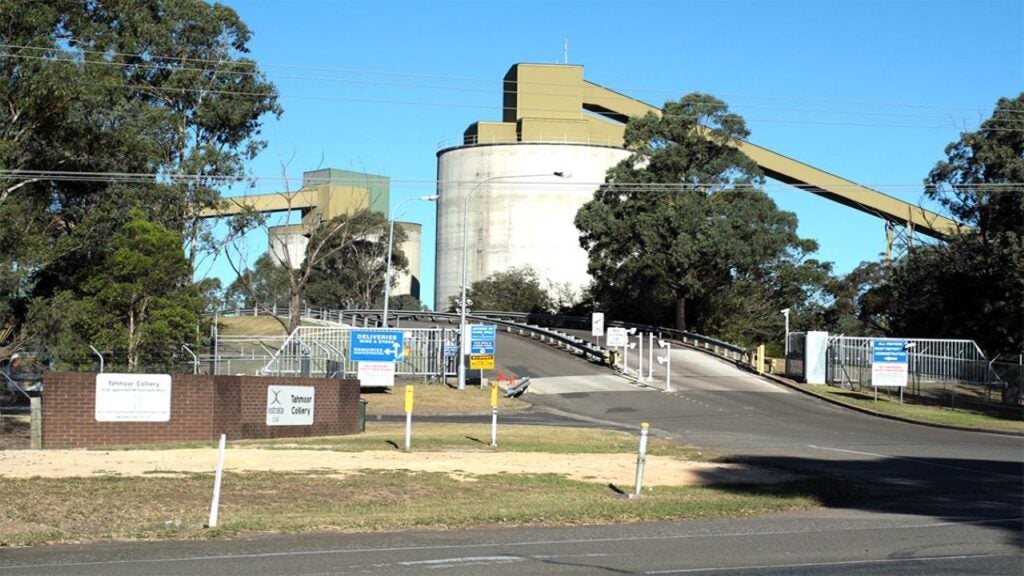The Zambeze coal mine is a tier 1 coking coal project located in north-western Mozambique in the Changara district near Tete province. Owned by Riversdale Mining, the property is spread over 24,740ha and is one of the biggest undeveloped coking coal projects in the world.
The mine lies adjacent to the Benga project, Riversdale’s first major hard coking and thermal coal mine project, which is currently under development. While similar to Benga in many respects, the Zambeze project is much bigger. It is expected to position Riversdale as one of the leading suppliers within the Brazilian and Indian steel industries.
The project will be developed in association with Chinese steelmaker Wuhan Iron and Steel Corporation (WISCO), which entered into a memorandum of understanding (MoU) with Riversdale Mining in June 2010.
The non-binding MoU allows WISCO to acquire 40% of the Zambeze project for a total investment of $800m. The MoU values the project at $2bn.
Riversdale submitted an environmental impact assessment to the government in the second half of 2010. A definitive feasibility study on the project is expected to begin in 2011 with production scheduled to commence in 2014
Zambeze reserves and geology
The total coal reserves at Zambeze are estimated to be nine billion tons as of 31 May 2010. Indicated reserves have been estimated to be 2,365Mt while inferred resources total 6,680Mt.
Approximately 2,116Mt of indicated resources and 4,015Mt of inferred resources have been identified at 500m of depth. About 2,514Mt of indicated and inferred resources have been found between 500m and 750m of depth.
The Zambeze deposit is located within the Moatize Basin, a Precambrian-aged downfaulted basin consisting of a number of structural blocks. The basin measures about 30km in length and 8km in width. Due to the downfaulting of the sedimentary complexes, the basin is folded into a syncline with its edges plunging 13° to 17° and axes trending north-west–south-east. The faults are intruded by dolerite dykes. Structurally the deposit is similar to the Benga deposit. There are about 22 coal seams that outcrop over a 14km strike length along the northern section of the tenement.
Mining
Several conceptual plans have been developed to mine the initial indicated resources of 2,365Mt. They are being evaluated to determine the most favourable approach, including processing and logistics.
The use of electric shovels, in-pit crushing and conveying systems are under consideration as cost-efficient techniques. The detailed mine plan will be analysed in the continued pre-feasibility study.
Quality
The Zambeze resource is a blend of hard coking coal and a fraction of secondary thermal coal fraction. The ratio of coking coal and thermal coal fractions is similar to that of the Benga resource. The analysis is based on 50 cored holes. Further quality and performance of the coking and thermal coal products will be analysed through another core drilling campaign currently underway.
Results from the first coke test were announced in October 2010. The coke from the deposit produced coke strength after reaction (CSR) results in the range of 67-73. Coke tests on the remaining productive seams are scheduled during 2011.
Exploration
Resource definition drilling, geological mapping survey of the tenement and the acquisition, processing and interpretation of the airbore geophysical data have been undertaken at the Zambeze mine.
A recently completed drilling programme covered 150 exploration boreholes extending 50,000m. Data from this drilling has been used to study the quality of coal. Drilling of a large diameter core infilling is now under progress.
Infrastructure
The mine site lies near Tete, the provincial capital. It has direct access to the Zambezi River.
Major infrastructure including power, water, rail and sealed roads will be developed to support the mine.

